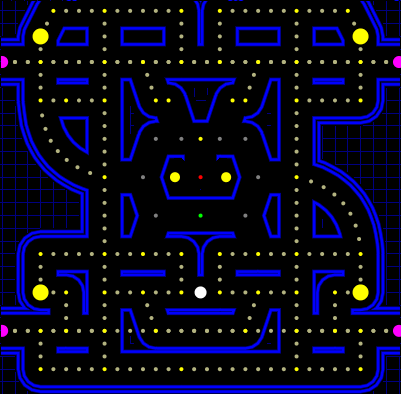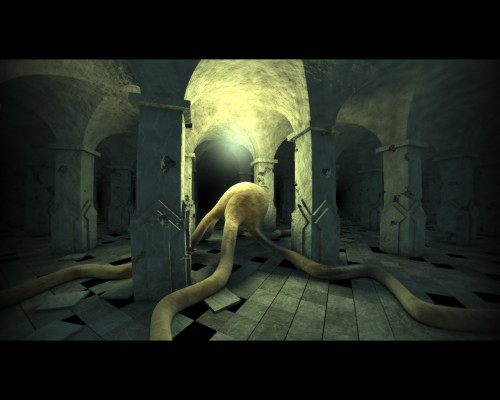Some Cool Demoscene Stuff
Here are some of my favorite demoscene products with a short review of each.
Matt Current (The Shitfaced Clowns/Breakpoint 2007)
Gameboy Advance
You could say Matt Current features two demos in one. The first part features 3D stuff very familiar to anyone who has seen mid-1990s demos and the second half is a complete change in style with one of the best tracks I have heard in a demo (with lyrics), effects with more focus on the presentation than the technology and hip hop. I love the short flashes of video captured footage of skateboarders in synch with the music and the 2D parallax field of graffiti.
Atrium (TBC & Loonies/Breakpoint 2008)
4KB/PC/Win
There are a lot of very impressive 4K intros that have come out in the last few years but this one caught my attention. It is funny how the pacing — the single most important thing outside the content itself — is much better than of those in many multi-megabyte demos. The growing building effect also is pretty much equal to the 2006 Assembly demo by Fairlight shown below.
The Secret Life of Mr. Black (Orange/Assembly 1997)
PC/DOS
Orange demos have a very distinct style. Even simple things like fade ins and fade outs are tweaked, mainstream effects are avoided (notice the complete lack of Phong shaded polys and other common stuff) and the demo generally has a weird atmosphere (just listen to the soundtrack).
Inside (CNCD/The Gathering 1996)
PC/DOS
CNCD’s Inside has one of my favorite soundtracks, the fat track suits the demo well. While some of the 3D stuff in Inside is a bit out of place (how do you segue from rappers to spaceships is beyond me) and looks dated, the remainder of the effects still look absolutely fantastic.
And now for the best of the bunch…
9 Fingers (Spaceballs/The Party 1993)
Amiga
Take a look at Spaceballs’ 9 Fingers and think about the fact it was done on the Amiga and that it features streaming video of sorts. The demo came on two 800 KB floppies and only lasts for less than three minutes, which was unheard of (well, Spaceballs already did the same with State of the Art but I bet you know what I mean). Ironically, the demo takes far more data when converted to an inferior quality Youtube video.
The captured video footage is converted into a polygon mesh which allows for good compression ratio (you need to store only the mesh points and the polygon color). Of course, the more important thing is that it allows sufficiently fast decoding the video and other effects such as the rotating cube with “texture mapping”. The Atari ST demo shown below employs a similar trick as it streams the precalculated polygon data (or rather the horizontal line data) from disk.
You might also want to take a look at the making of 9 Fingers.


